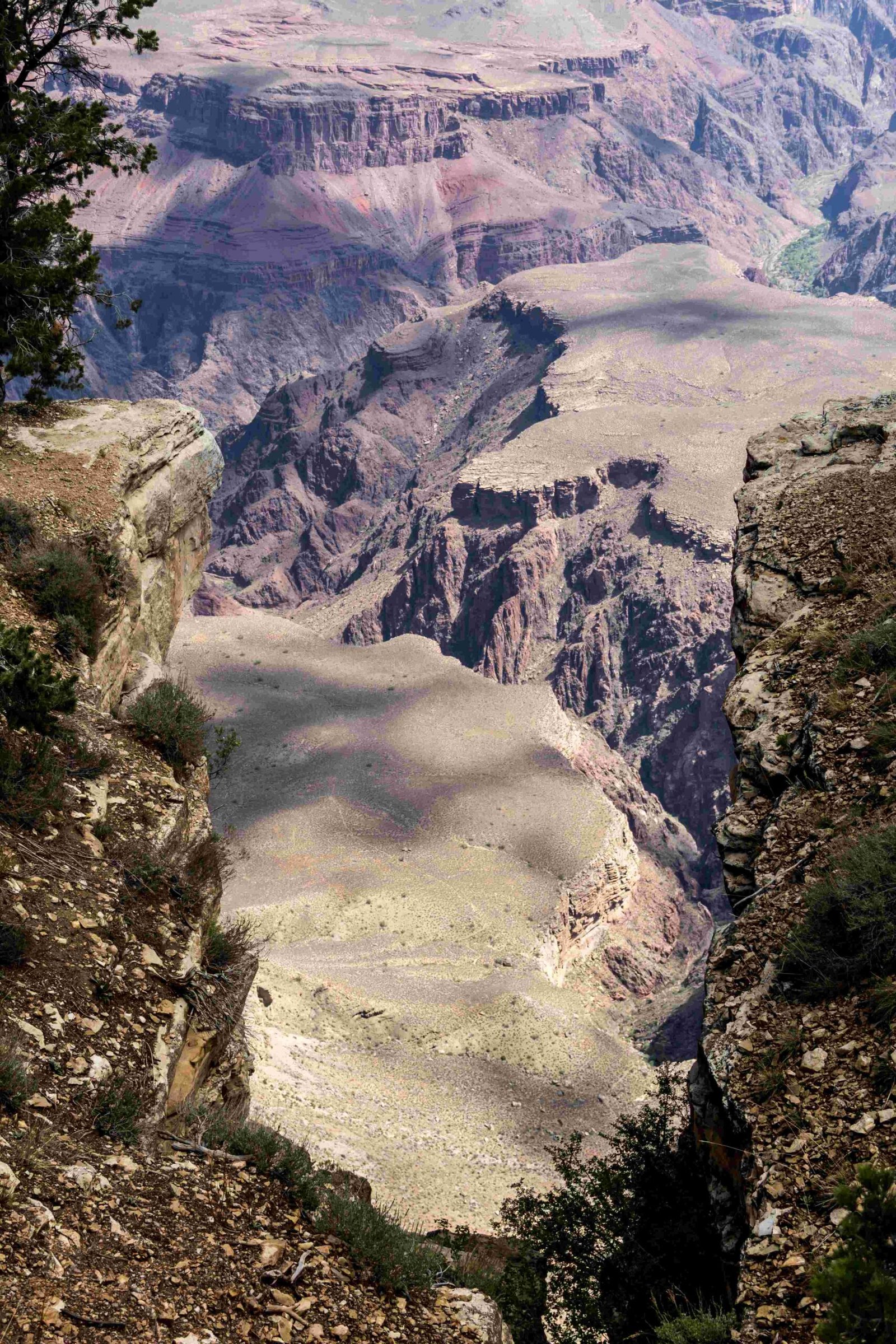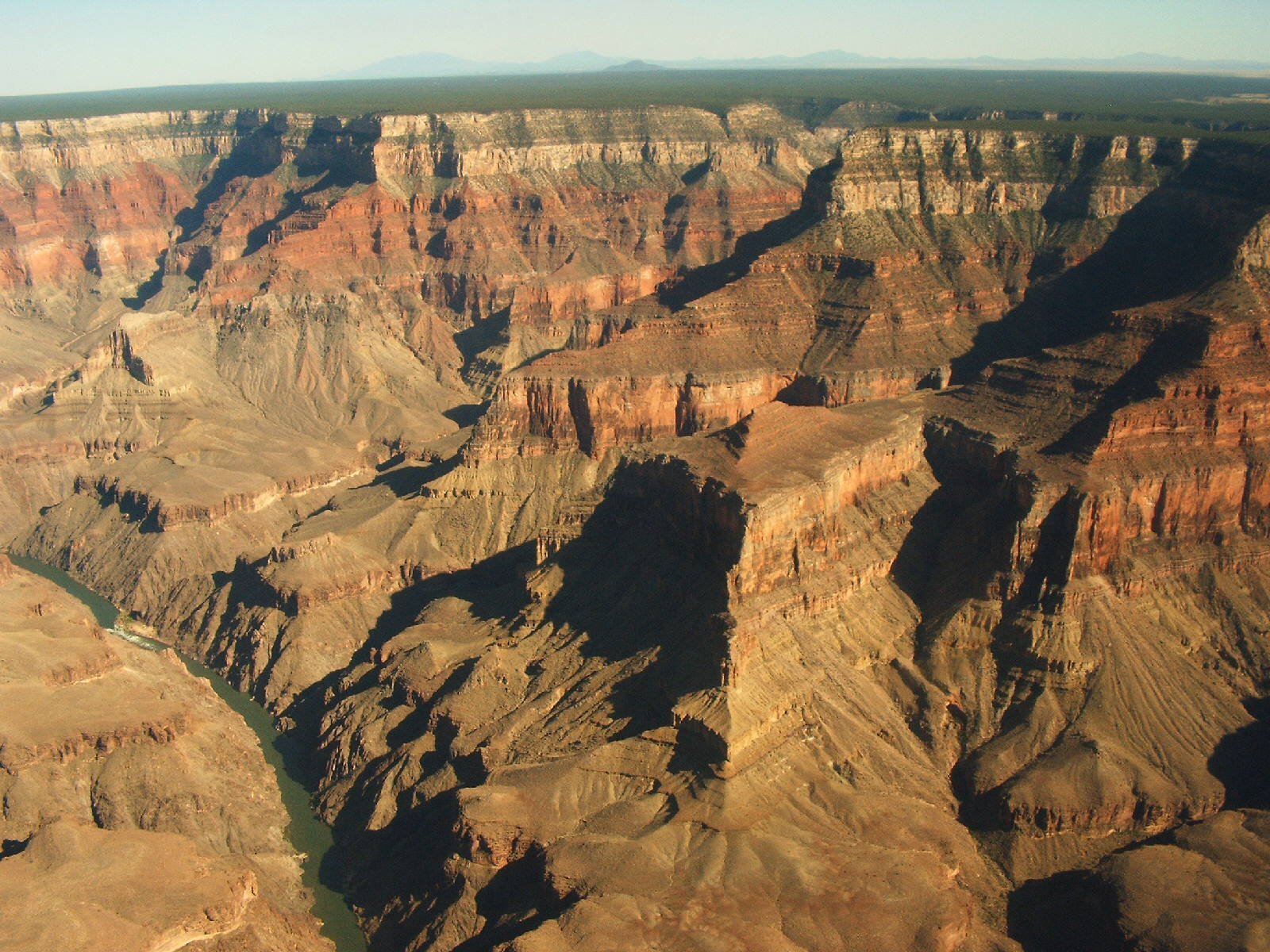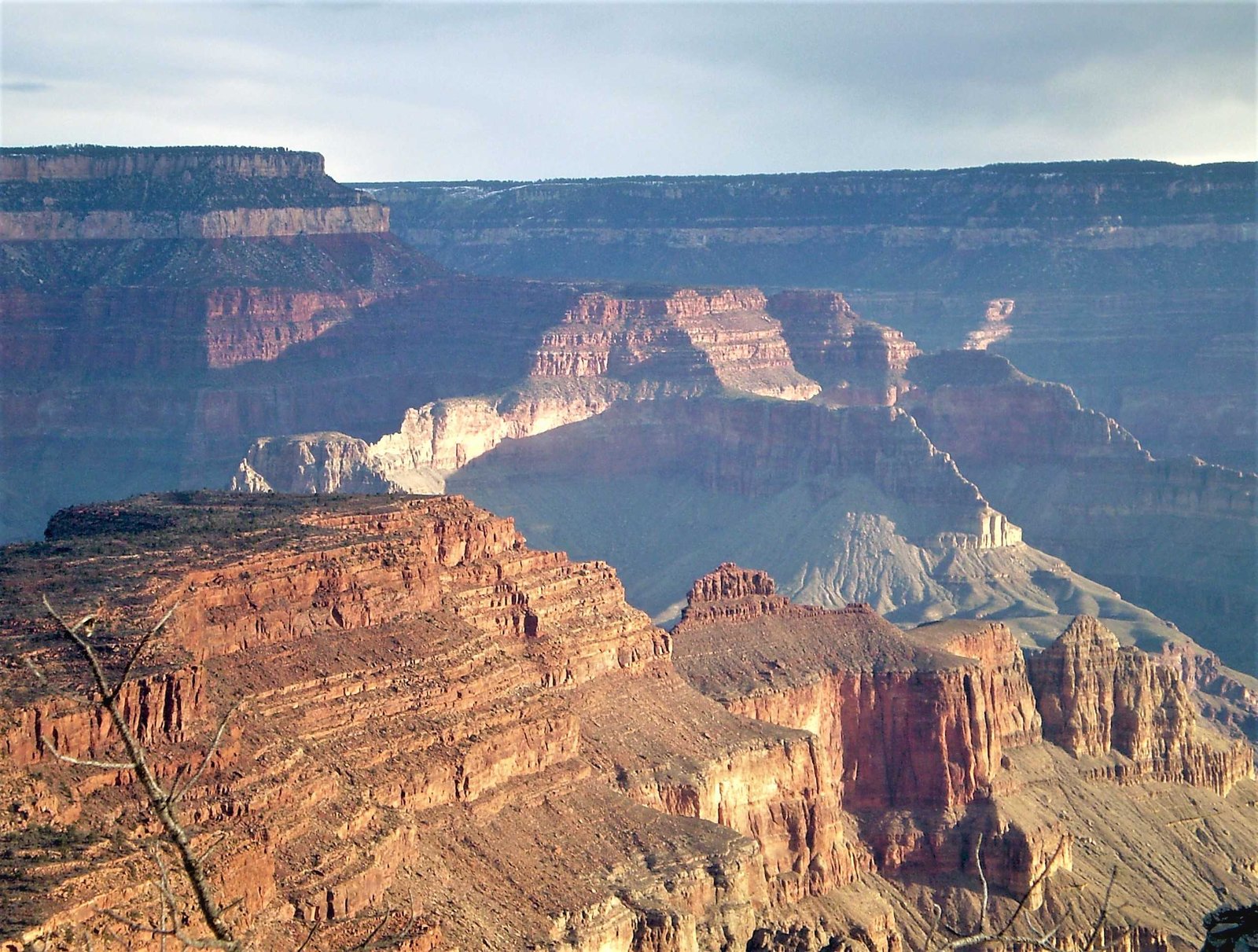The Grand Canyon represents a complex geological marvel that challenges simplistic explanations about its formation during the Ice Age. While glacial processes significantly shaped landscapes across North America, the Grand Canyon’s creation involves a multimillion-year journey of erosion, tectonic movements, and river dynamics that extend far beyond the Ice Age’s relatively brief geological timespan.
What Geological Evidence Exists About Grand Canyon’s Formation?

The Grand Canyon’s formation is a result of intricate geological processes spanning millions of years, not a direct consequence of Ice Age activities. Key evidence suggests multiple factors contributed to its creation:
How Did Colorado River Impact Canyon Development?
The Colorado River played a pivotal role in carving the Grand Canyon through persistent erosion over approximately 5-6 million years. This process involved:
- Gradual River Cutting: Continuous water flow gradually eroded rock layers
- Differential Erosion: Varying rock hardness created unique landscape features
- Tectonic Uplift: Colorado Plateau’s elevation changes accelerated erosion rates
What Geological Layers Reveal About Canyon’s History?
The Grand Canyon’s rock layers provide a comprehensive geological timeline:
| Rock Layer | Age | Composition |
|---|---|---|
| Vishnu Basement Rocks | 1.7 Billion Years | Metamorphic Rocks |
| Paleozoic Sedimentary Layers | 540-250 Million Years | Limestone, Sandstone |
| Mesozoic Layers | 250-65 Million Years | Sandstone, Shale |
Did Ice Age Directly Influence Canyon Formation?
Contrary to some misconceptions, the Ice Age did not directly form the Grand Canyon. While continental ice sheets dramatically transformed landscapes in northern regions, the Grand Canyon’s location remained relatively unaffected by glacial activities.
What Alternative Theories Exist?
Several geological theories explain the Grand Canyon’s formation:
- River Erosion Model: Primary mechanism of canyon development
- Tectonic Uplift Theory: Colorado Plateau’s elevation changes
- Climate Change Impact: Varying precipitation patterns accelerating erosion
How Deep Are Scientific Understandings of Canyon Formation?
Modern geological research indicates that the Grand Canyon’s formation involves:
- Continuous Erosion: Ongoing process over millions of years
- Multiple Environmental Factors: Beyond simple Ice Age explanations
- Complex Interactions: Between water, rock types, and geological movements
Conclusion: Beyond Ice Age Simplifications

The Grand Canyon represents a geological masterpiece formed through complex, long-term processes. While the Ice Age influenced broader landscape developments, it did not singularly create this magnificent natural wonder.
Key Takeaways
- Grand Canyon formation spans millions of years
- Colorado River played primary erosion role
- Ice Age did not directly create the canyon
- Geological processes involve intricate interactions
References:
– United States Geological Survey
– National Park Service – Grand Canyon
– Geological Society of America

